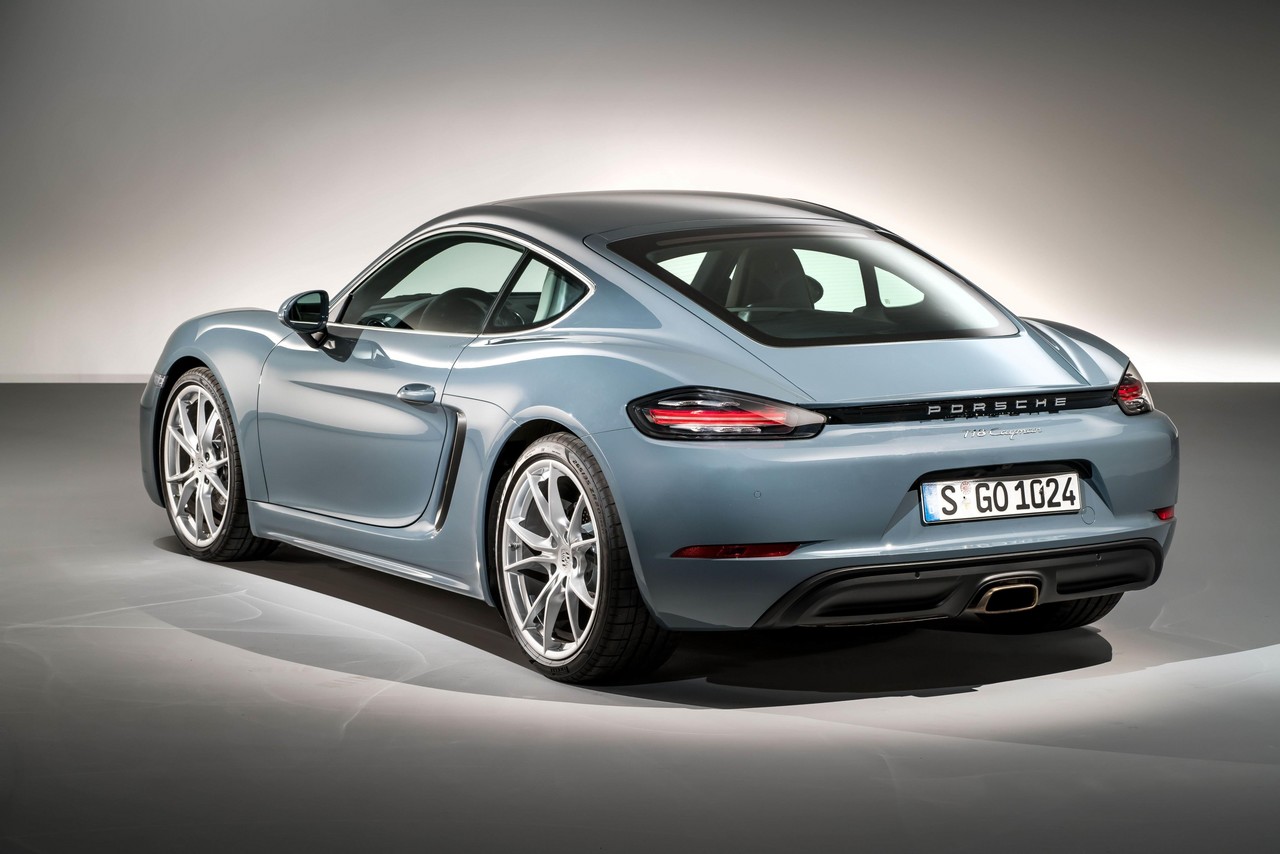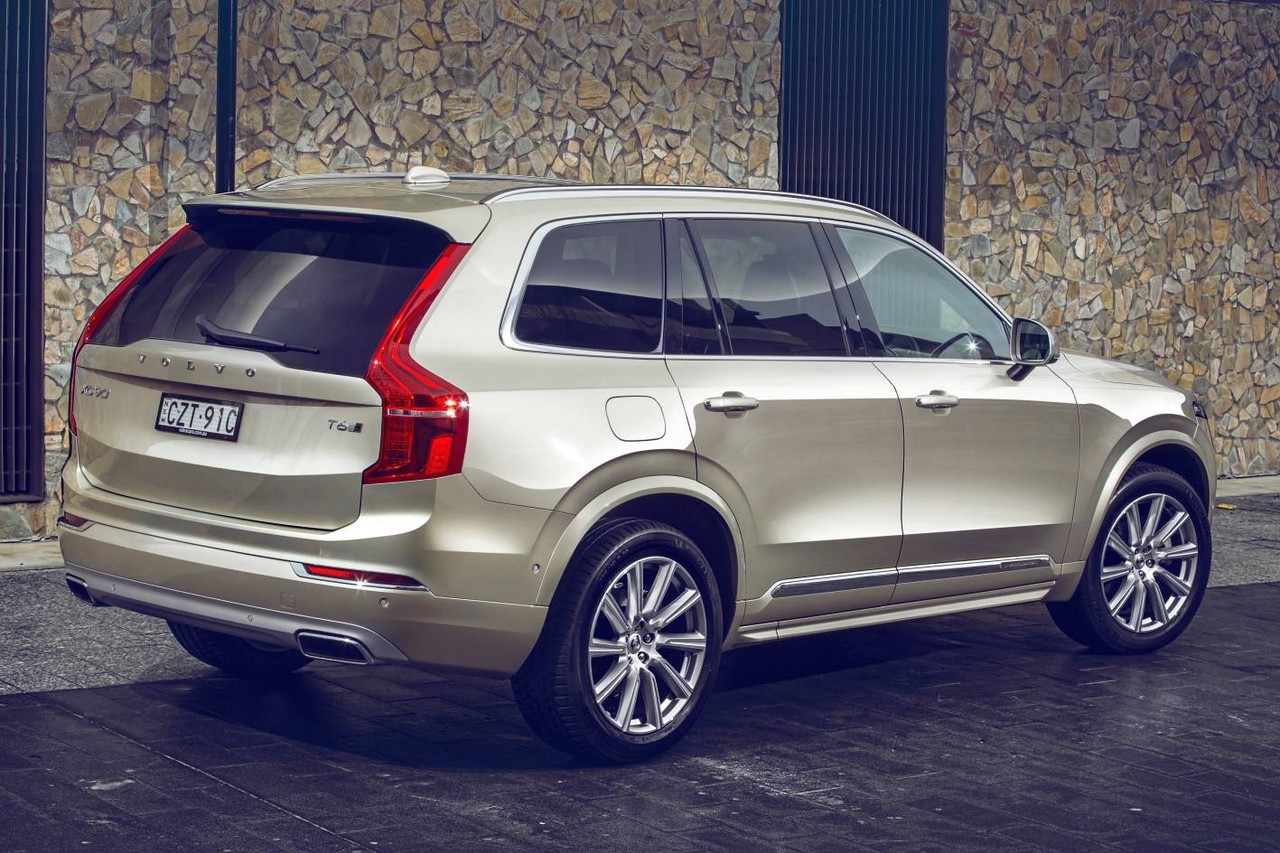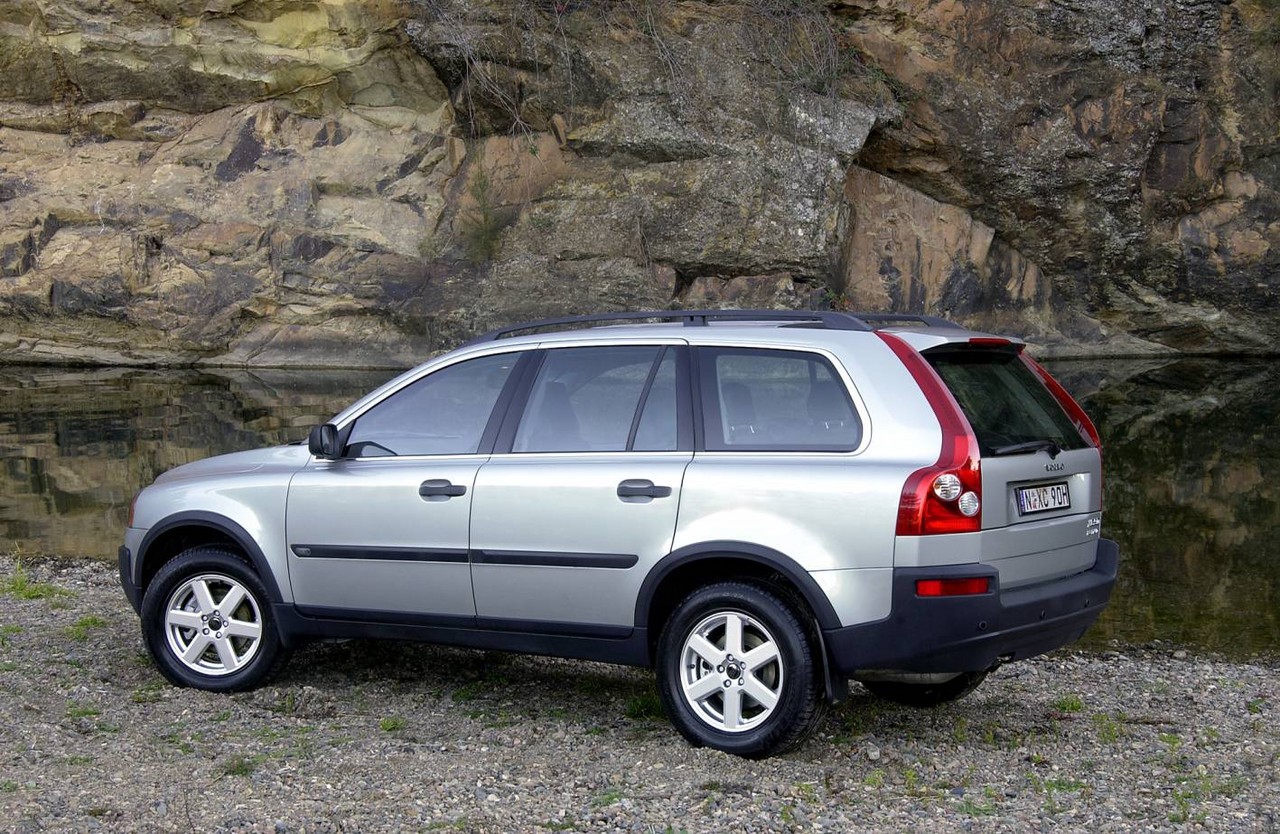Images: Toyota 150-I LandCruiser Prado (2009-13)
Released in November 2009, the Toyota 150-Series Mk.I (150-I) LandCruiser Prado was a four-wheel drive wagon. Manufactured in Japan, the LandCruiser Prado was available in three or five door models – the latter available with five or seven seats – and powered by either a 3.0-litre four-cylinder turbo-diesel engine (1KD-FTV) or a 4.0-litre petrol V6 (1GR-FE). Furthermore, the Landcruiser Prado range consisted of six variants: GX, GXL, SX, VX, ZR and Kakadu…Read full Toyota 150 Landcruiser Prado review
Images: Toyota 150-II Landcruiser Prado (2013-15)
Released in November 2013, the Toyota 150-Series Mk.II (150-II) Landcruiser Prado introduced a subtle facelift, upgraded interior and additional features; the range was also revised as the three-door models were discontinued. The Toyota 150-II Landcruiser Prado could be identified by its deeper front bumper, a five-bar vertical grille (integrated with the new headlights clusters) and new alloy wheel designs; the VX and Kakadu variants were also fitted with LED headlights and daytime running lights. Inside, there were new audio systems with seven-inch displays, a redesigned dashboard and instrument cluster.
Images: Toyota 150-III Landcruiser Prado (2015-17)
Released in Australia in August 2015, the Toyota 150-Series Mk.III (150-III) Landcruiser Prado introduced Toyota’s 2.8-litre 1GD-FTV turbo-diesel engine, a revised 4.0-litre 1GR-FE V6 petrol engine and new six-speed AC60F automatic transmission. Both engines complied with Euro V emissions standards.
Images: Toyota 150-IV Landcruiser Prado (2017-23)
Released in Australia in November 2017, the Toyota 150-Series Mk.IV (150-IV) LandCruiser Prado introduced a revised range that was solely powered by 2.8-litre turbo diesel engines. Visually, the 150-IV LandCruiser Prado could be identified by its front bonnet that was ‘sculpted in the centre to enhance downward visibility’, re-profiled fenders ‘to help drivers more easily locate the vehicle[‘s] extremities’, a revised grille with broad vertical bars and chrome-finished cooling openings, and restyled headlamps with main beams positioned inboard to avoid obstacles from off-road driving. Furthermore, the lower corners on the new front and rear bumpers ‘kick[ed] upwards to enhance off-road manoeuvrability’, while the rear mask had new tail-lamp clusters and a smaller rear garnish plate incorporated within the number-plate surround.


















































